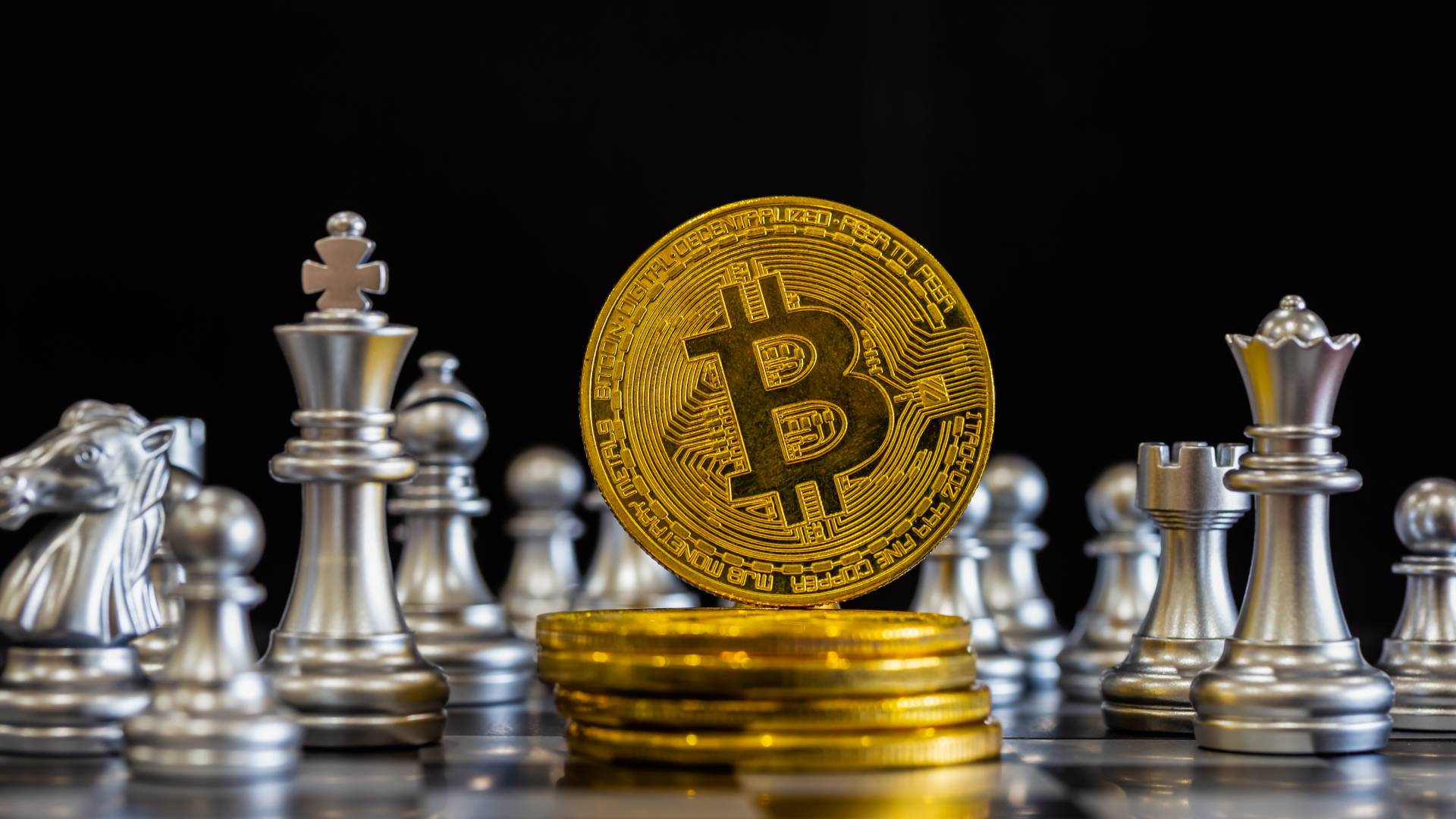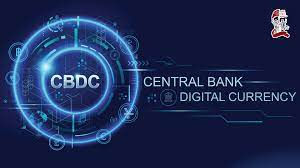NFTs: APPLICATION IN AFRICA
- Leonard Tajeu

- Mar 11, 2022
- 4 min read

One of Africa’s largest and most untapped markets is the creator economy. Because ofNFTs, creators across art, film, gaming, sports, etc can monetize their followers and intellectual property (i.e. ideas, copyright). They can have royalties and revenue streams across multiple assets. They can leverage their work to earn interest or borrow capital to create even more value.
Africa has the youngest population in the world but rampant unemployment. NFTs provide wealth-creating opportunities for young people who create content that builds global networks of admirers and investors committed to their success.
Application Breakdown
Let’s use one of the best, if not the best artist in Kenya, Khaligraph Jones as an example. If he released a song as an NFT and made only 1000 available for purchase, his 1000 true fans who buy the NFT can claim ownership of the rare and exclusive song. The song would be considered a collectible because of its limited supply. If he sells each NFT for the equivalent of $50, he earns $50,000 directly from his fans — for just one song.
If you buy the Khaligraph NFT for $50 in the primary market, you can hold onto it forever or sell it hours, months, or decades later. Let’s say you sell it for $1000 in the secondary market. You then pocket the profit on that sale. Khaligrpah’s audience flips from consumers and fans to owners and investors. His fanbase builds wealth off of what they love, believe in, and create together. Like any investment, NFT secondary prices can dip in value and sell for less than the original purchase price. This is the investment risk fans take on.
The price of the NFT in the primary market is set by Burna. The price in the secondary market is set by you. Ultimately, it’s bought based on the perceived value of Khaligraph Jones at the time of sale. So the secondary market is a buyer’s market, aka based on what the buyer is willing to pay.
When you sell your $50 NFT song for $1000, Khaligraph Jones gets a cut of that too. For the first time in history, artists directly profit off of their work whenever it’s bought and sold into perpetuity.
An NFT is fundamentally a financial instrument. It represents a micro-economy centered around a valuable asset/creator. The asset can be leveraged, in financial transactions. NFTs are DeFi. DeFi (decentralized finance) represents the democratization of money and financial tools. A digital asset like a song or deed becomes a pseudo stock. Best of all, an NFT can be used as collateral to borrow or lend money while earning interest AND accruing value.
Imagine leveraging your Khaligraph Jones NFT, now valued at $1000, as collateral to get a low-interest loan to pay school fees. Because Khaligraph keeps dropping new hits and the NFT price goes up, you can sell it to pay back your loan. This is the future of money and freedom.
Success Stories
NFTs have a big potential to contribute and advance the spread of contemporary African art. In the relatively short time since the rise of NFTs, we already have a few examples of how NFTs can be beneficial to African artists.
No better artist epitomizes NFTs' future in Africa than Jacon Osinachi. The self-taught digital artist, fondly referred to as Africa's foremost crypto artist has achieved impressive success selling NFTs. His Different Shade Of Water NFT series auction in 2021, brought in £155,000, or around US$207,000.
“Digital art has a place on the same shelf as traditional art,” Osinachi told African Business. “Collectors are making huge returns on investments. [Traders are] buying digital pieces for $1,000 and selling for $20,000 within a short period of time, so I would say that purchasing with NFTs is just like buying traditional pieces – it’s just that how you store and display it is different.”
Another artist who claimed success with NFT is Rich Allela. The award-winning Kenyan photographer ran a successful, almost sold-out NFT auction through Picha Images. Of course, Rich Alella isn't the only Kenyan who has made headway in Crypto. Eliud Kipchoge, arguably the first human to run a marathon in under 2 hours in Vienna, also joined the bandwagon. Eliud auctioned images of his under-two-hour marathon trial dubbed the Ineos 1:59 Challenge. The Eliud Kipchoge NFT image series garnered over $40,000 during the auction. Following suit, Bank slave, a prolific Kenyan street graffiti artist, also sold an NFT mural of Eliud Kipchoge after his exemplary performance.
Currently, it's only a handful of African countries that have fully embraced NFTs. But NFTs offer a better deal than what galleries are currently offering the artists. Instead of a one-time payment, artists can earn perpetual royalties on their creations. It’s these perpetual royalties that will help the artist keep earning from their sweat and blood.
Africa NEEDS young people to lead the crypto revolution. Viral NFT content attracts owners and investors worldwide and becomes a new source of foreign direct investment (FDI), economic stimulus, and wealth creation.
Controlling and profiting off our own narrative shifts global perceptions of who we are and what it means to be African. We need artists, young people, and small businesses (which are one and the same) to adopt NFTs because they will increase our collective success and value.



Comments